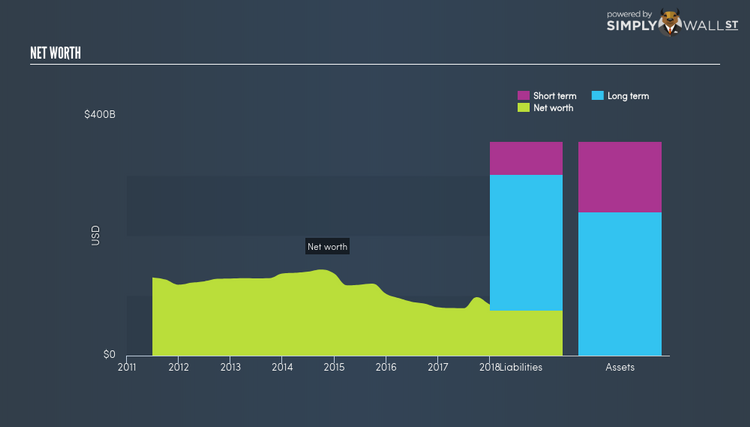Does General Electric Company (NYSE:GE) Generate Enough Cash?

General Electric Company (NYSE:GE) shareholders, and potential investors, need to understand how much cash the business makes from its core operational activities, as well as how much is invested back into the business. What is left after investment, determines the value of the stock since this cash flow technically belongs to investors of the company. I will take you through GE’s cash flow health and the risk-return concept based on the stock’s cash flow yield, using the most recent financial data. This will help you think about the company from a cash perspective, which is a crucial factor to investing. View our latest analysis for General Electric
What is free cash flow?
General Electric’s free cash flow (FCF) is the level of cash flow the business generates from its operational activities, after it reinvests in the company as capital expenditure. This type of expense is needed for General Electric to continue to grow, or at least, maintain its current operations. The two ways to assess whether General Electric’s FCF is sufficient, is to compare the FCF yield to the market index yield, as well as determine whether the top-line operating cash flows will continue to grow.
Free Cash Flow = Operating Cash Flows – Net Capital Expenditure
Free Cash Flow Yield = Free Cash Flow / Enterprise Value
where Enterprise Value = Market Capitalisation + Net Debt
Although, General Electric generate sufficient cash from its operational activities, its FCF yield of 9.1% is roughly in-line with the broader market’s high single-digit yield. This means investors are being compensated at the same level as they would be if they just held the well-diversified market index.
What’s the cash flow outlook for GE?
Another important consideration is whether this return is likely to be maintained over the next couple of years. We can gauge this by looking at GE’s expected operating cash flows. In the next couple of years, expected growth for GE’s operating cash is negative, with operating cash flows expected to decline from its current level of US$11.90B. This is unfavourable to its future outlook, especially if capital expenditure heads the opposite direction. However, breaking down growth into a year on year basis, GE ‘s negative growth rate improves each year, from -54.46% next year, to 111.62% in the following year.
Next Steps:
General Electric’s free cash flow yield suggests you are not being compensated over and above the market index, although you are taking on more risk investing in a single stock. In addition to this, its negative operating cash flow growth outlook is unappealing. Now you know to keep cash flows in mind, I suggest you continue to research General Electric to get a better picture of the company by looking at:
Valuation: What is GE worth today? Is the stock undervalued, even when its growth outlook is factored into its intrinsic value? The intrinsic value infographic in our free research report helps visualize whether GE is currently mispriced by the market.
Management Team: An experienced management team on the helm increases our confidence in the business – take a look at who sits on General Electric’s board and the CEO’s back ground.
Other High-Performing Stocks: If you believe you should cushion your portfolio with something less risky, scroll through our free list of these great stocks here.
To help readers see pass the short term volatility of the financial market, we aim to bring you a long-term focused research analysis purely driven by fundamental data. Note that our analysis does not factor in the latest price sensitive company announcements.
The author is an independent contributor and at the time of publication had no position in the stocks mentioned.

